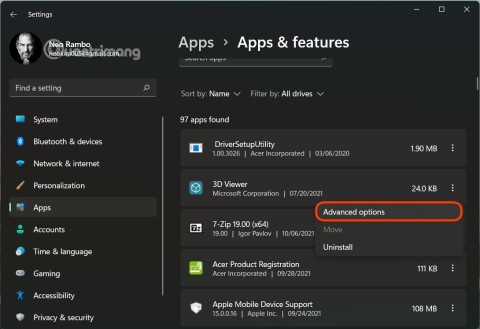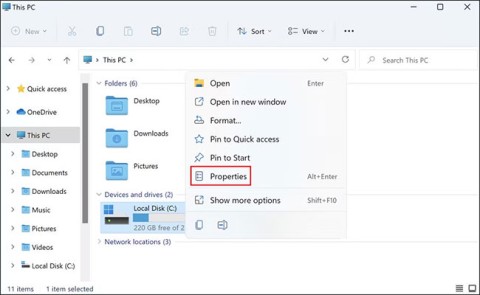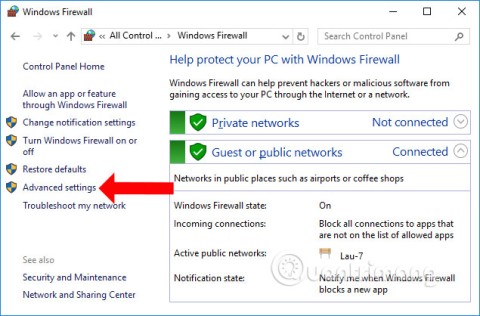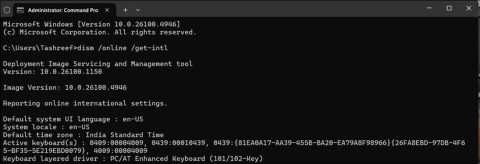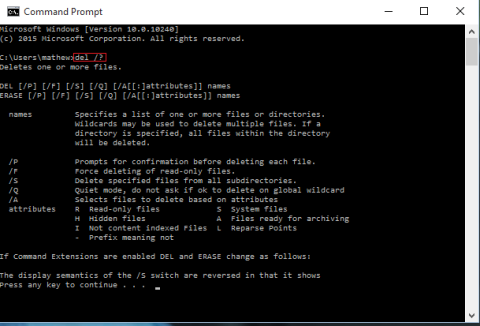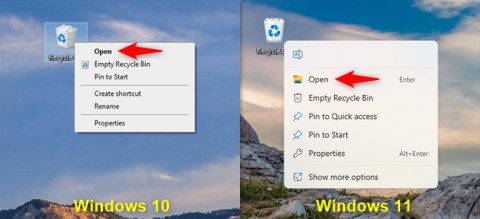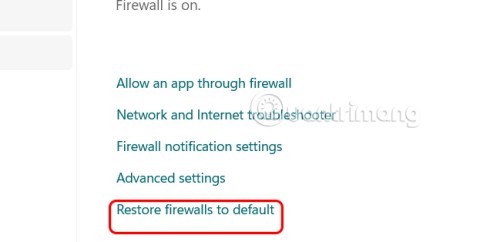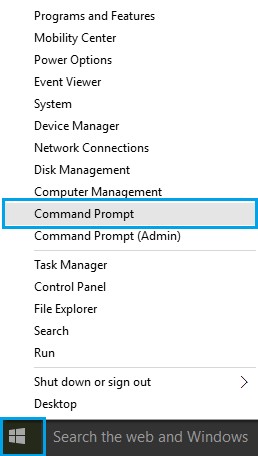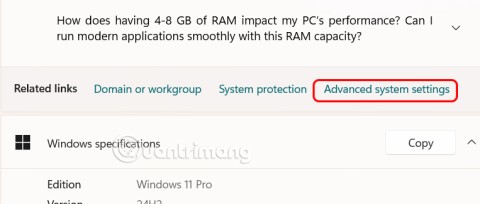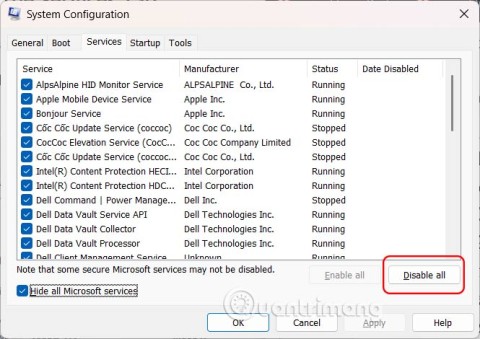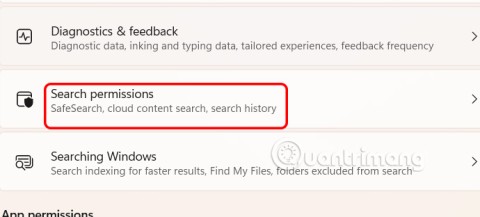4 Types of Windows Data That Are Growing in Size: How to Control Them?
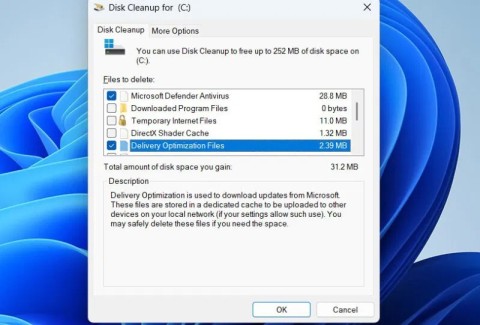
Although Windows Storage Sense efficiently deletes temporary files, some types of data are permanent and continue to accumulate.
Have you ever felt like someone was watching you through your laptop? If your device is acting strangely, it may not be because you’re paranoid. Luckily, there are some simple ways to spot hidden surveillance software and regain control of your privacy.
Table of Contents
One of the first signs that someone may have installed surveillance software on your laptop is a noticeable change in the way the software behaves, much like how you might spot malware on your smartphone.
Monitoring tools often run in the background, silently collecting data or recording user activity, which can put stress on the system and lead to unusual behavior. If your laptop feels sluggish, takes longer to boot up, drains the battery faster, or its fans are unusually loud even when you’re not running heavy applications, it could be a sign that something is wrong.
Pay attention to pop-ups, especially in strange places, like when you're not browsing the web, or an unusual increase in ads appearing on your favorite websites. Also, look out for frequent crashes that you can't figure out or unexpected reboots.
If you frequently use a mobile hotspot to connect your laptop to the Internet, a sudden spike in data usage could be another warning sign. Monitoring software can cause all of these problems. In short, trust your instincts. If your laptop seems a little off, don’t hesitate to get it checked out.
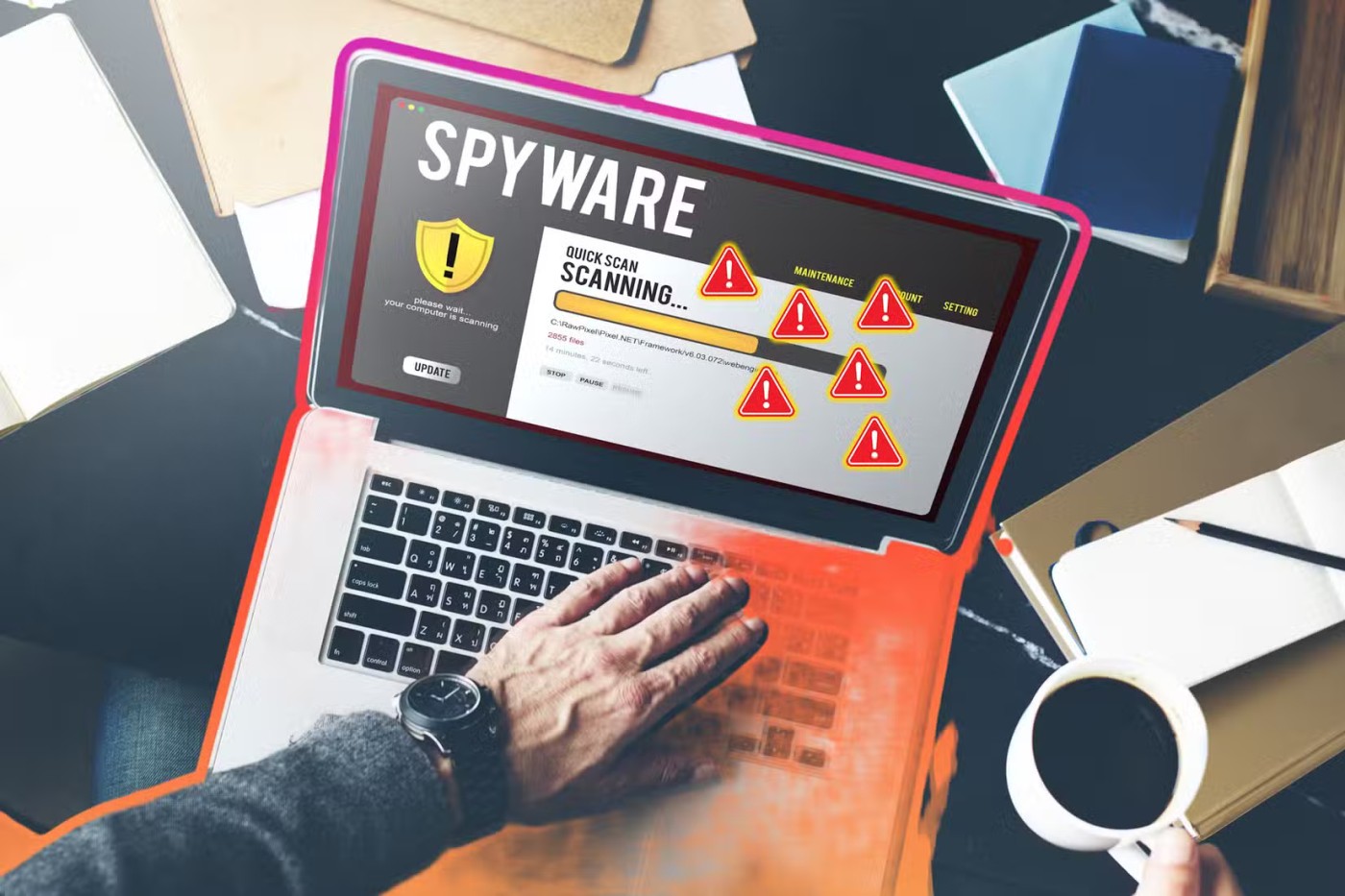
One characteristic of modern malware is that it is much more stealthy than older malware, making it much harder to detect in conventional ways, such as randomly appearing pop-up windows. Fortunately, many surveillance tools, especially keyloggers and spyware, are classified as malware by reputable antivirus programs.
Using these programs, you can run a full system scan to help detect and remove threats before they cause more harm. Built-in security tools like Microsoft’s Windows Defender and Apple’s XProtect may not seem worth your time, but they should be your first line of defense.
Make sure virus definitions are up to date, then perform a full scan instead of a quick scan as surveillance software can hide deep in system files.
If you're not satisfied with the scan results, consider using a trusted third-party anti-virus or anti-malware solution like Malwarebytes or Bitdefender. These tools often detect threats that default programs may miss.
Some even offer specific features to identify keyloggers, rootkits, and remote access tools. But they aren’t free or cheap, so before you commit, make sure your antivirus has all the features you need.
Browser extensions can be useful, but they can also be tools for tracking user activity. Malicious or fraudulent extensions can track your browsing habits, display ads, log your keystrokes, or even redirect you to fake websites to steal information. That's why it's essential to review your browser extensions when testing monitoring software.
Look through the list and look for anything you don't recognize or don't remember installing. Pay extra attention to extensions that claim to provide useful features like increased security - they're sometimes used to disguise spyware.
Also, check out this additional list of Chrome extensions that appear legitimate but are tracking you and make sure none of the mentioned extensions are installed. To be safe, use well-reviewed, trusted extensions from reputable developers. Next, check the safety of extensions before you install them in Chrome, Firefox, or any other browser.
One of the most worrying ways someone can spy on you is by secretly accessing your laptop's webcam or microphone. For this reason, you should regularly review which applications have access to your webcam and microphone.
On Windows 11, click the Windows icon, go to Settings > Privacy & Security , then scroll down to App permissions . From the list, select Camera or Microphone and scroll down the page to see which apps have access to the selected widget.
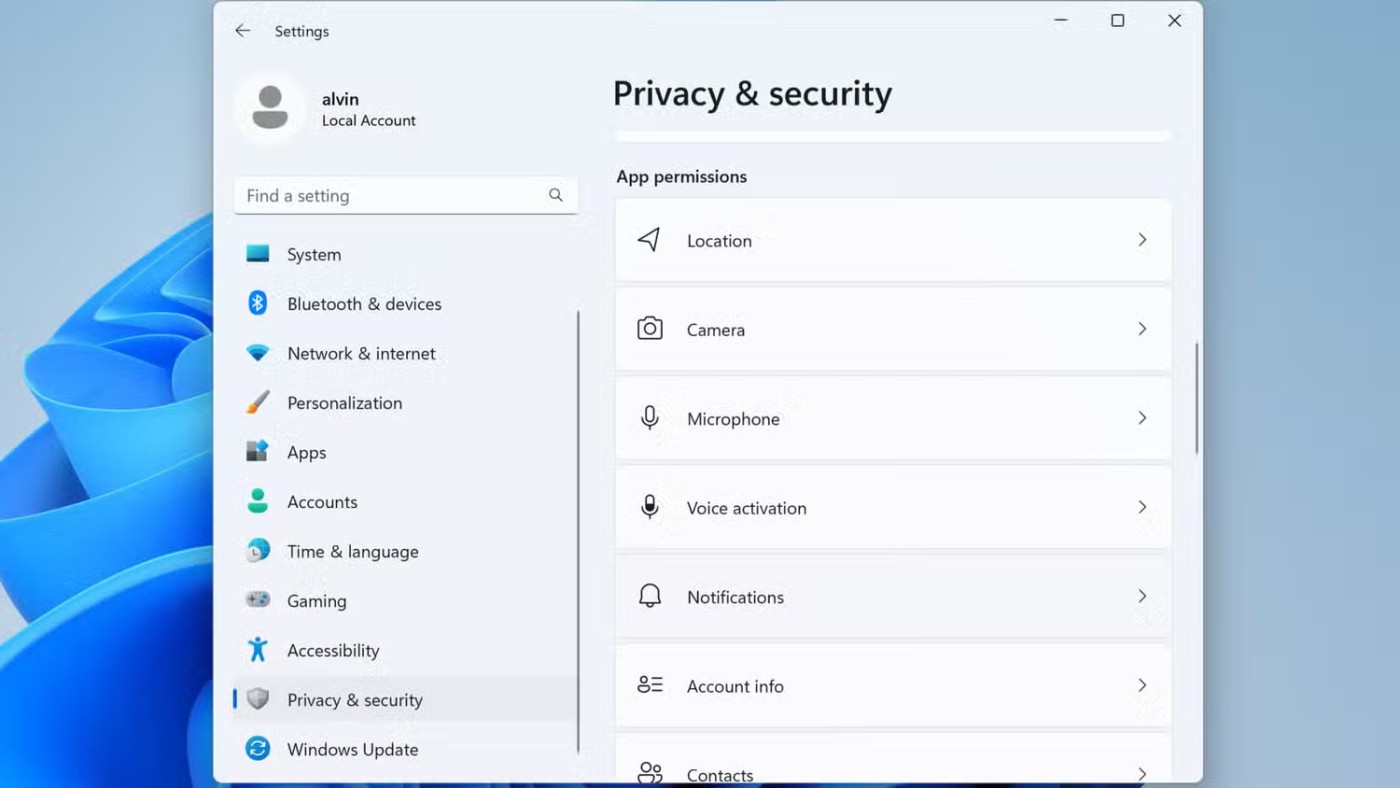
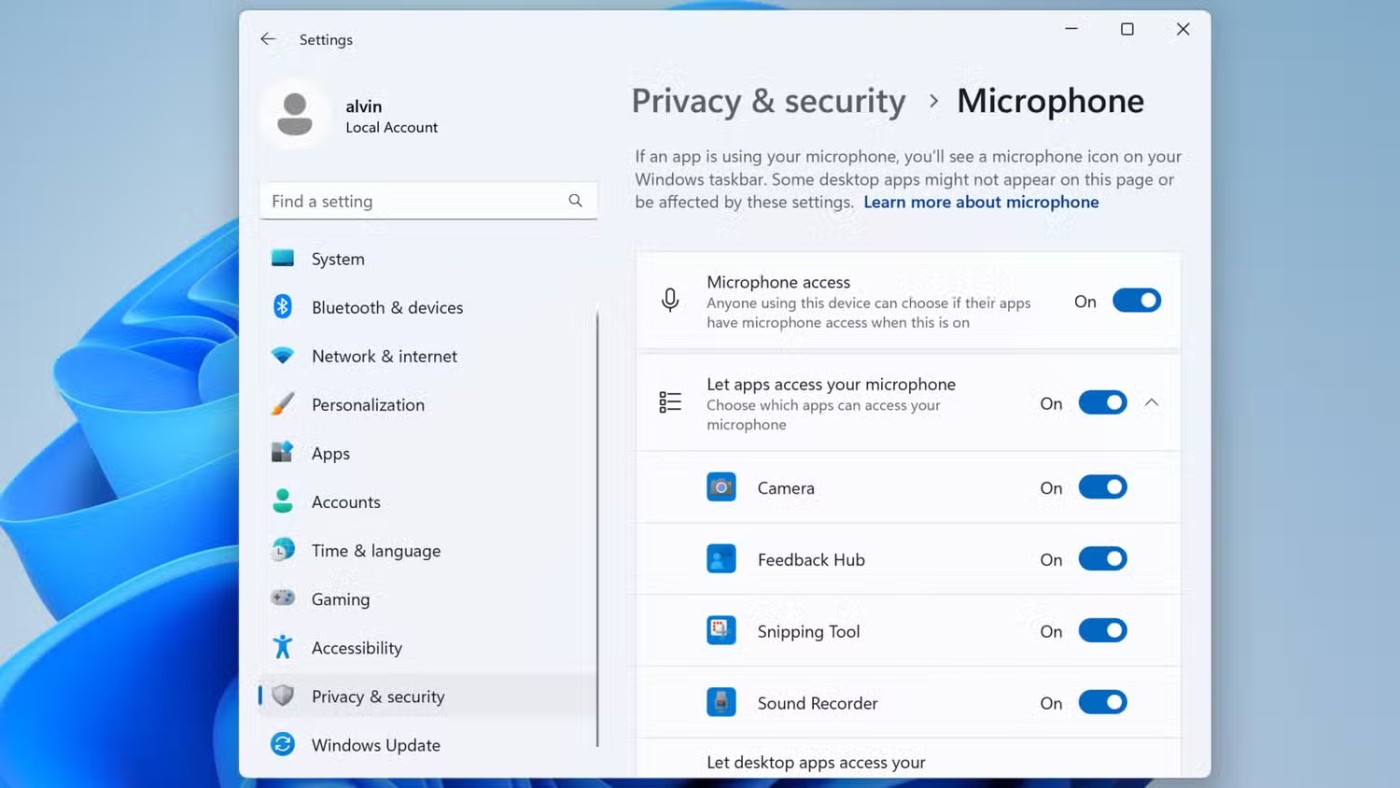
On macOS, navigate to System Settings > Privacy & Security , then select Camera or Microphone from the list.
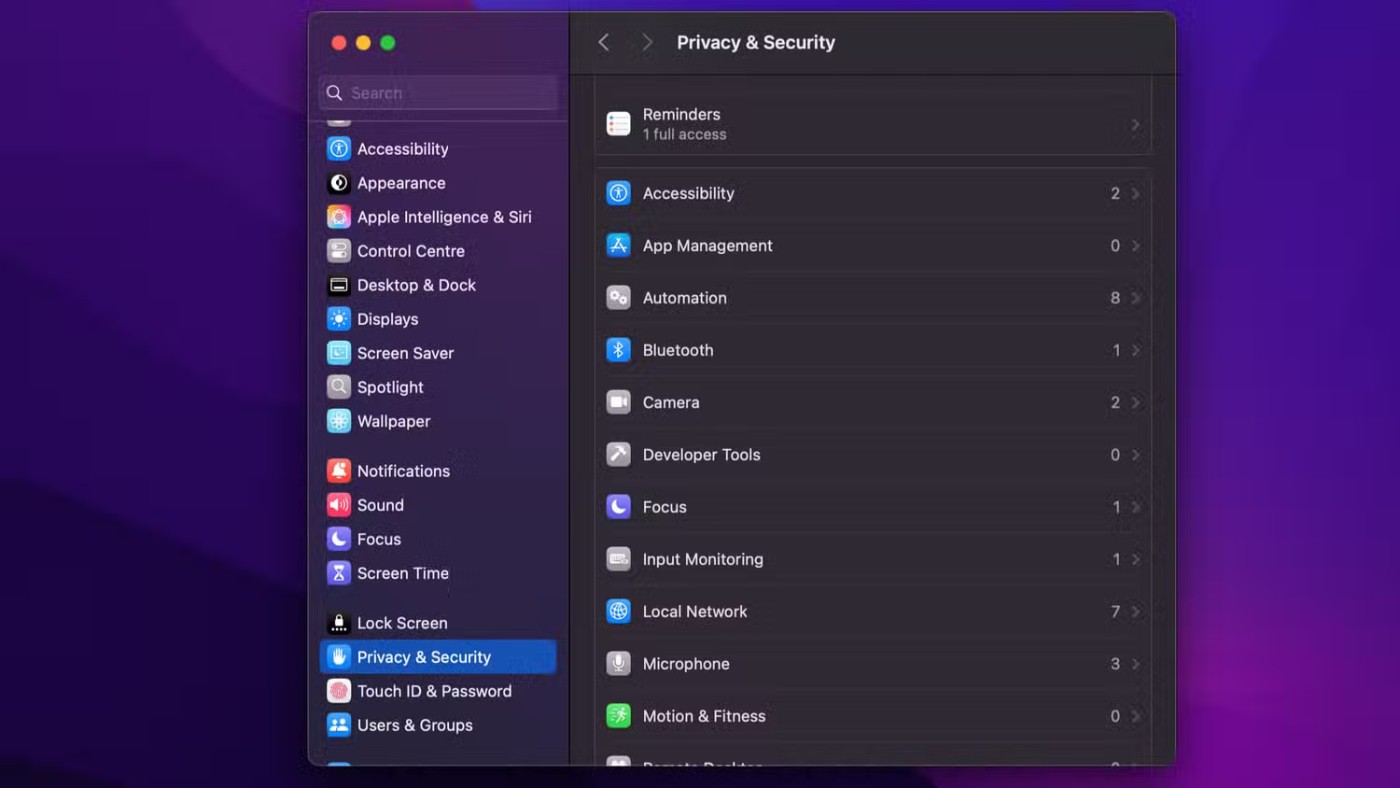

While on the respective pages, look for any apps that you don't recognize or didn't intentionally grant access to. If you're unsure, close the app and observe for anything unusual.
Another way to tell if you are being monitored is if your webcam light randomly turns on without intervention. However, this is not always the case as some sophisticated surveillance software can turn off the indicator light while recording you, making it harder to detect.
Often, surveillance software disguises itself as a harmless or obscure application, hoping to blend in with legitimate programs. These applications may even install additional apps in the background without your knowledge. That’s why it’s important to periodically review all the software installed on your laptop, especially if you suspect someone may have tampered with your device.
On Windows 11, open Settings and navigate to Apps > Installed apps to see a list of your installed apps.
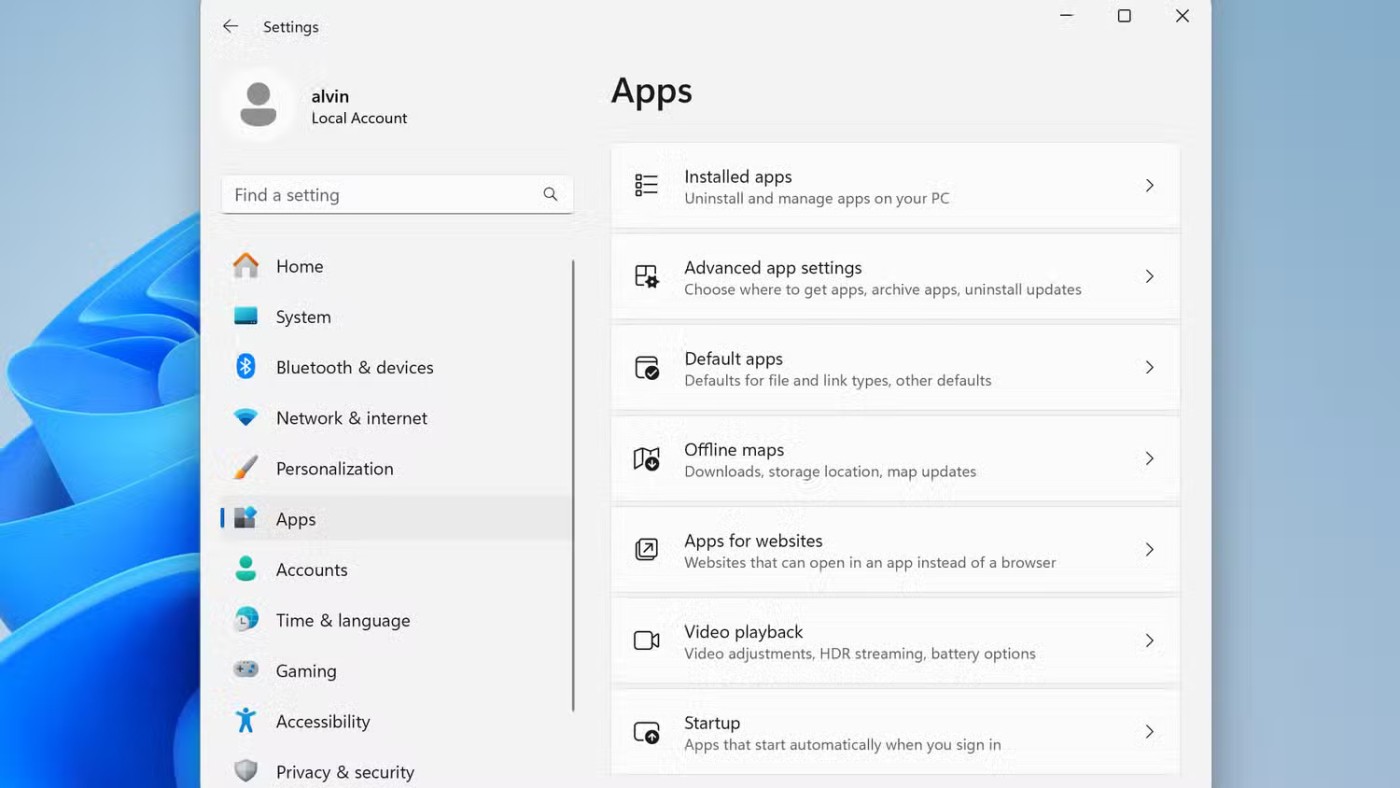
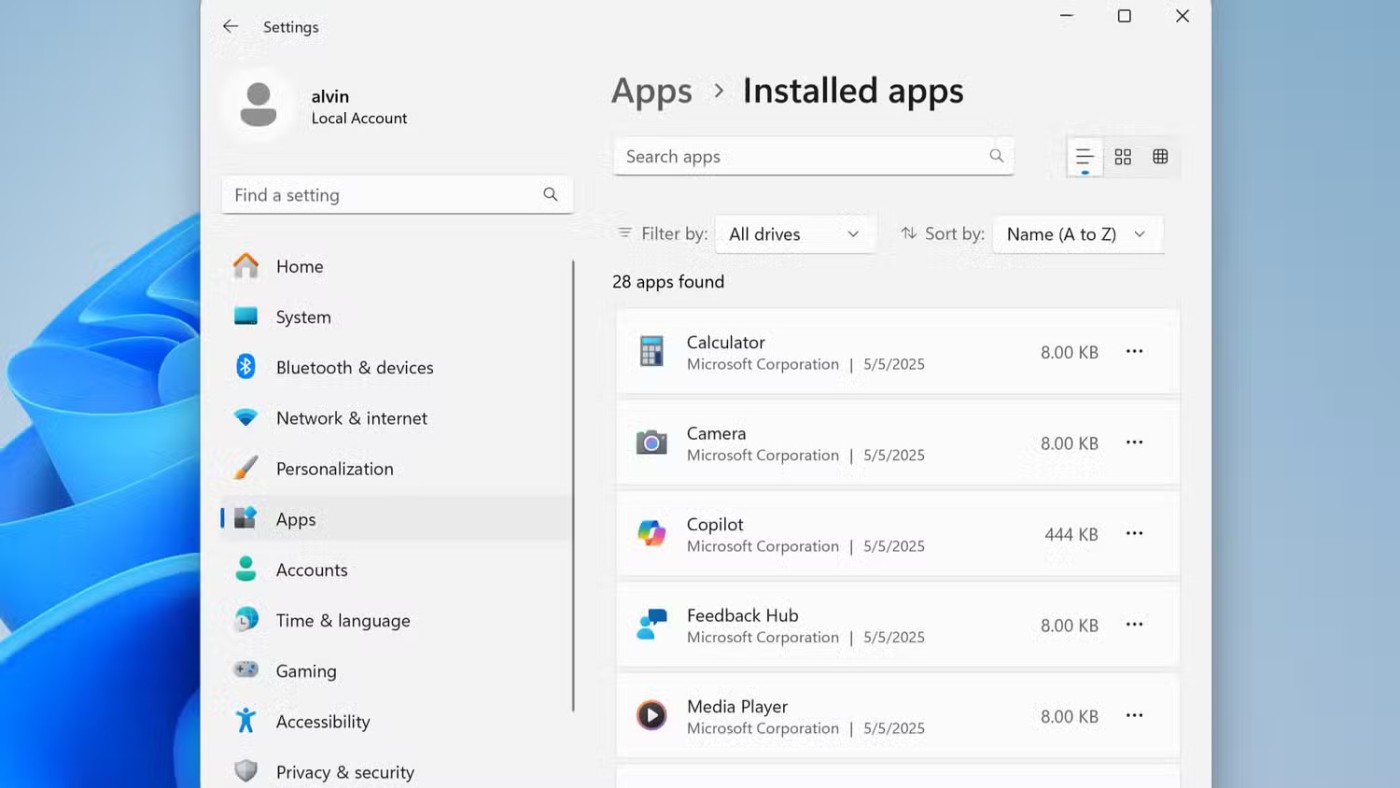
On macOS, open the Applications folder or navigate to System Settings > General > Storage > Applications to get a similar overview.
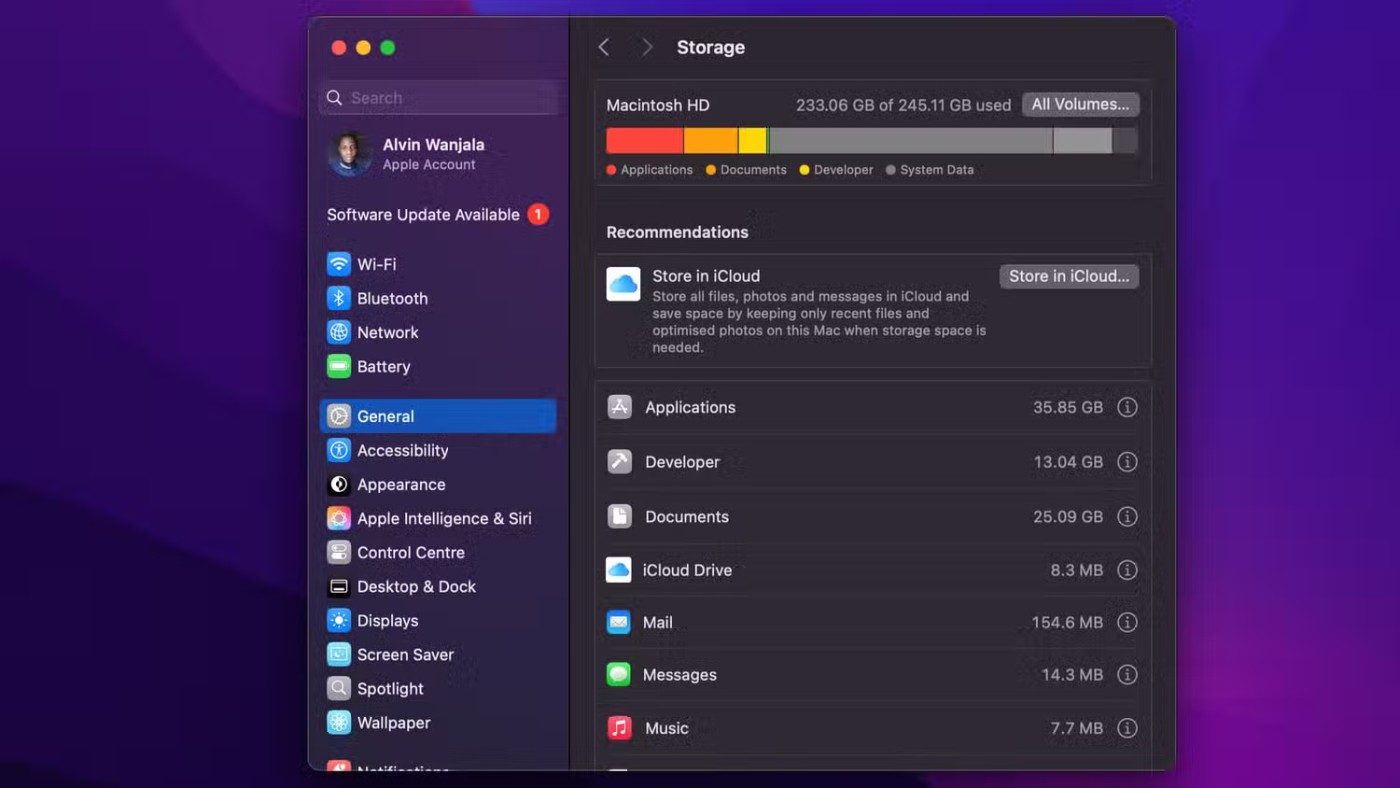
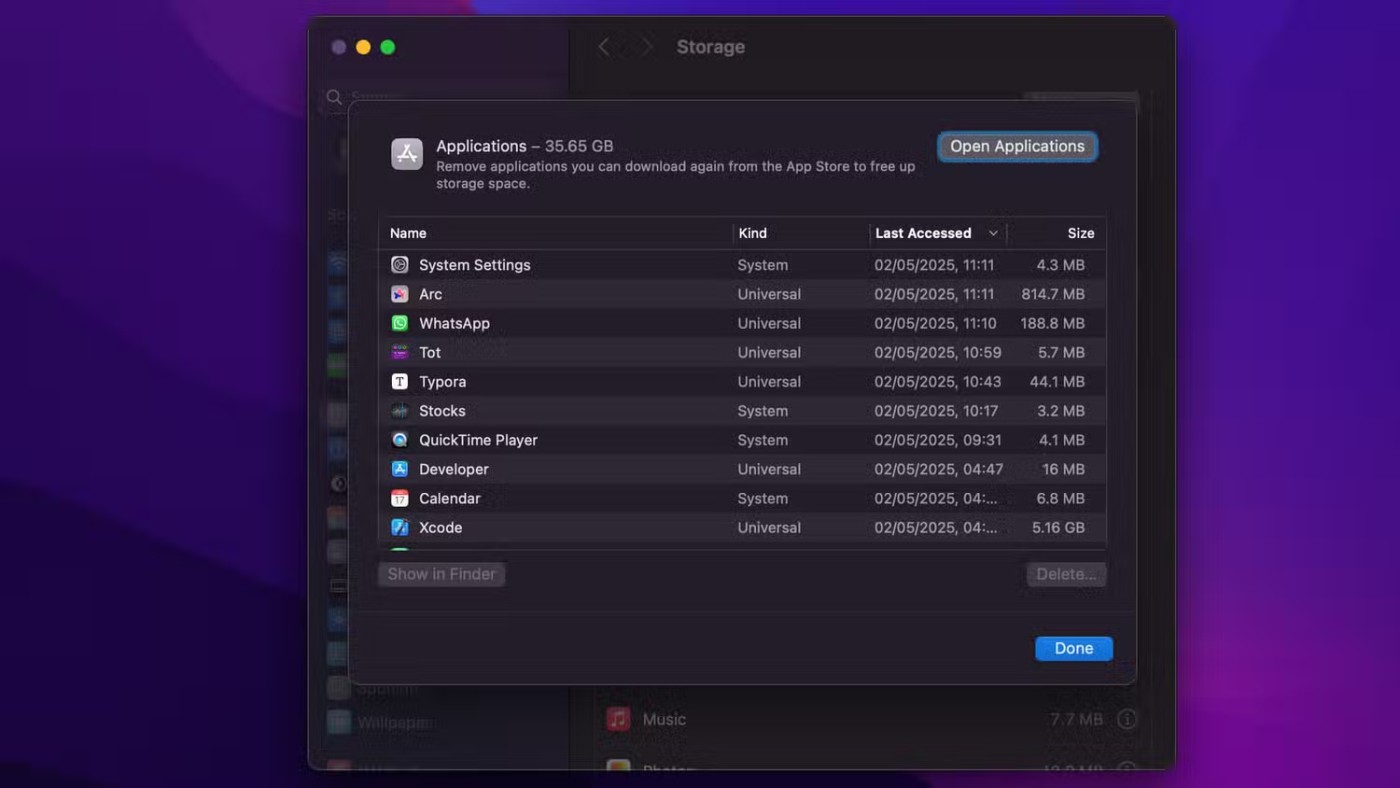
Look through the list and look for any apps that seem unfamiliar, have generic names, or were recently installed that you don’t recognize. If you’re unsure about a particular app, simply searching online for its name, developer, features, or reviews can help determine its legitimacy.
Many types of monitoring software are designed to run automatically when you start your laptop, so they can start collecting data immediately without attracting attention. This is also common for employee monitoring software.
So reviewing startup programs is a smart way to spot hidden tools running in the background. On Windows 11, press Ctrl + Shift + Esc to open Task Manager , then click Startup apps in the left sidebar. This will show a list of all the programs set to launch when the system boots.

On macOS, go to System Settings > General > Login Items & Extensions to see a similar list.
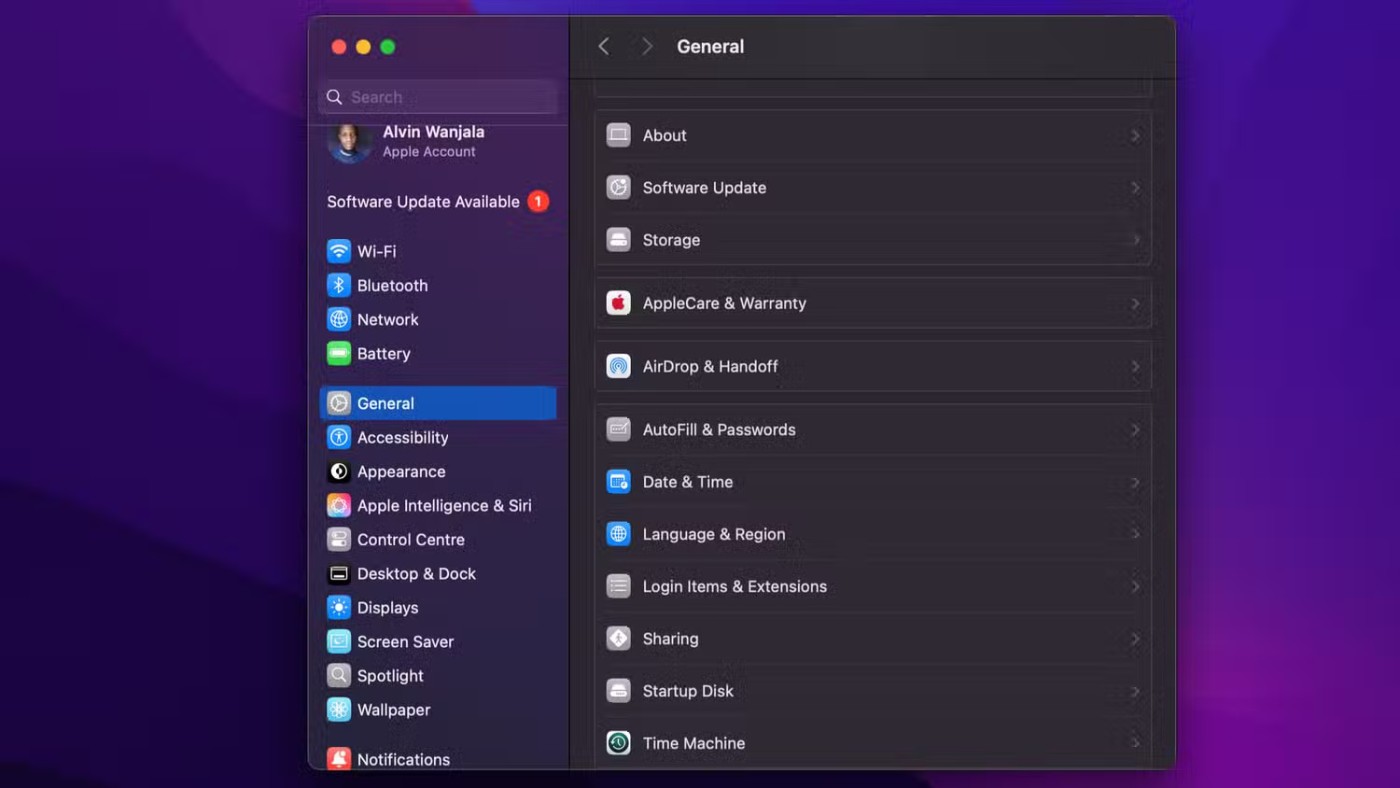
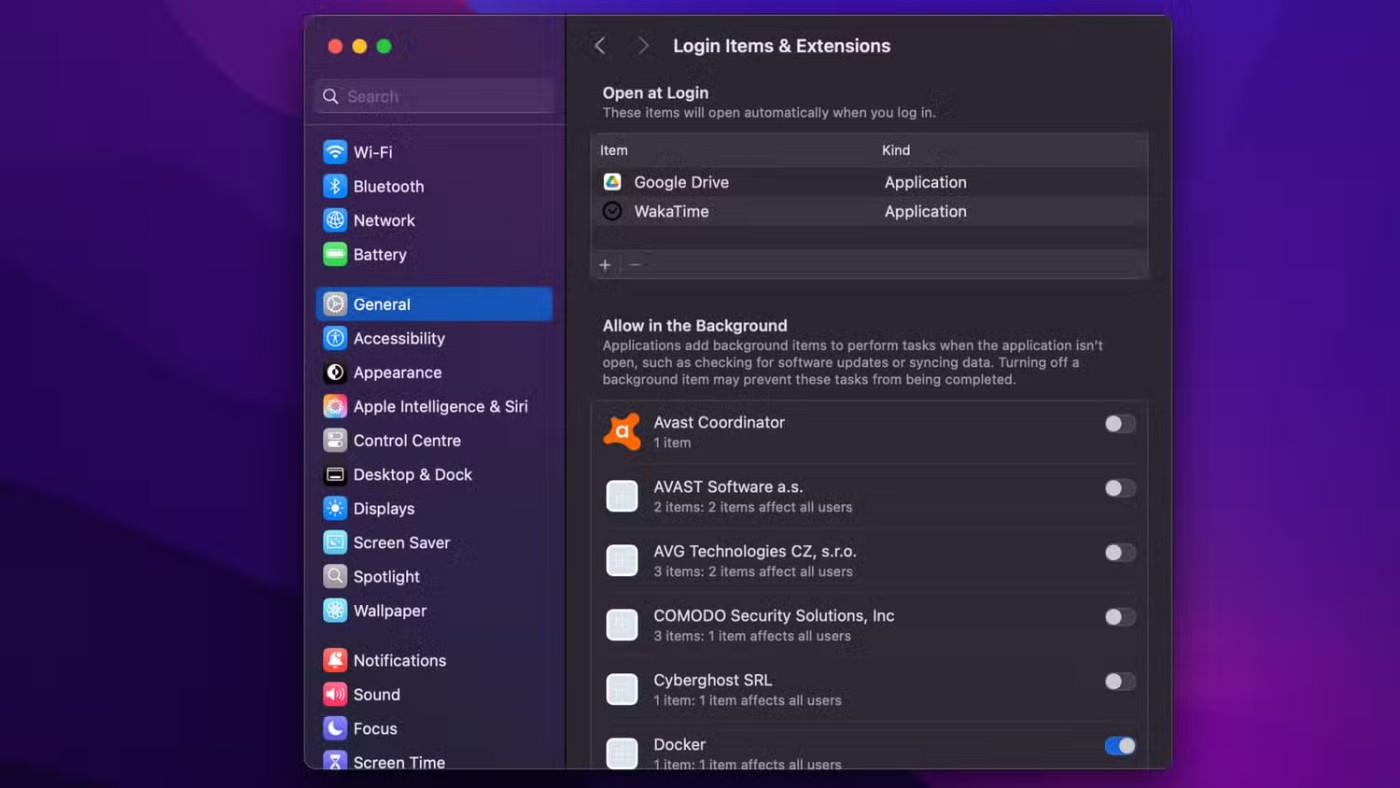
One unique feature of surveillance software is that it often sends data back to the owner, whether it is keystrokes, screenshots, audio recordings, or user activity logs. This means that it will often use your Internet connection even when you are not doing anything online.
Therefore, checking your laptop's network activity can help you detect any unusual transfers that indicate spyware.
On Windows, search for Resource Monitor and select it from the search results. Once open, select the Network tab to see details about your network usage.
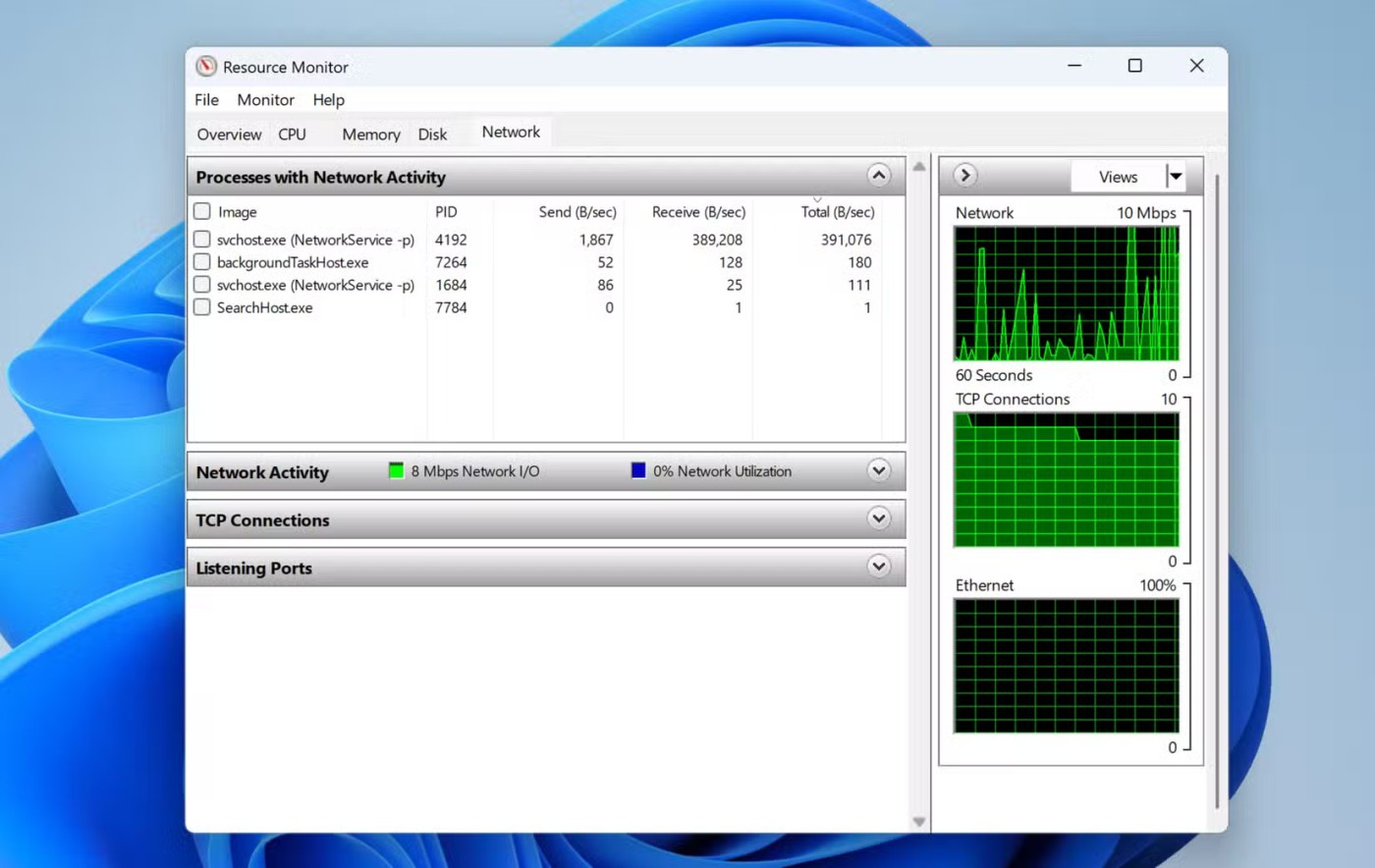
On macOS, open Activity Monitor and click the Network tab .

While watching your network usage, look for strange processes or apps that are constantly sending or receiving data in the background. Frequent, unexplained spikes in network usage can be a warning sign.
In addition to Resource Monitor and Activity Monitor, you can use third-party tools to monitor network activity on Linux, macOS, and Windows. On Windows, you can use GlassWire or NetBalancer . On macOS, LuLu is a great choice.
If you're concerned that someone is spying on your computer but don't see any obvious signs, check your system for strange applications, monitor network traffic, and review startup programs and browser extensions. The best approach is to start with the easy methods and gradually improve your techniques.
Although Windows Storage Sense efficiently deletes temporary files, some types of data are permanent and continue to accumulate.
You can turn off Windows 11 background apps to optimize performance, save battery and reduce RAM consumption.
When a computer, mobile device, or printer tries to connect to a Microsoft Windows computer over a network, for example, the error message network path was not found — Error 0x80070035 may appear.
We can block Internet access for any application or software on the computer, while other programs can still access the network. The following article will guide readers on how to disable Internet access for software and applications on Windows.
Instead of paying $30 for a year of security updates, keep Windows 10 safe until 2030 with this simple solution.
When it comes to Windows, it’s always helpful to know a few tricks for when your computer starts to crash. Many people have recently encountered a similar situation, and have restarted their computers with this super simple trick.
Large folders on the system are one of the culprits that eat up a lot of system space. Many folders that you create, after deleting them, will come back after a while. Maybe those are junk folders that you try to remove them.
This guide will help you answer the question Where is the Recycle Bin in Windows 10? and let you choose the most comfortable way to reach the Windows 10 Recycle Bin location:
On Windows, sometimes you also need to reset Windows Security settings to default to fix some connection errors, stop working or simply want to return to the original state...
To check if the IP address you are using is a dynamic IP address or a static IP address, you can refer to the article below by WebTech360.
Windows 11 can download drivers for your computer without user intervention, but you don't always want to install drivers automatically to avoid unwanted problems.
Clean Boot is a troubleshooting technique used to start Windows with a basic, essential set of drivers and startup programs.
The cloning process involves moving data from one storage device to another (in this case, a hard drive) with an exact copy copied from the destination drive.
Fast Startup Windows 11 helps your computer boot faster, but it can also be the reason why your Windows computer doesn't shut down completely.
Search on Windows 11 pulls results not only from files and apps on your computer, but also from cloud storage linked to your Microsoft account.
Although Windows Storage Sense efficiently deletes temporary files, some types of data are permanent and continue to accumulate.
You can turn off Windows 11 background apps to optimize performance, save battery and reduce RAM consumption.
When a computer, mobile device, or printer tries to connect to a Microsoft Windows computer over a network, for example, the error message network path was not found — Error 0x80070035 may appear.
We can block Internet access for any application or software on the computer, while other programs can still access the network. The following article will guide readers on how to disable Internet access for software and applications on Windows.
Instead of paying $30 for a year of security updates, keep Windows 10 safe until 2030 with this simple solution.
When it comes to Windows, it’s always helpful to know a few tricks for when your computer starts to crash. Many people have recently encountered a similar situation, and have restarted their computers with this super simple trick.
Large folders on the system are one of the culprits that eat up a lot of system space. Many folders that you create, after deleting them, will come back after a while. Maybe those are junk folders that you try to remove them.
This guide will help you answer the question Where is the Recycle Bin in Windows 10? and let you choose the most comfortable way to reach the Windows 10 Recycle Bin location:
On Windows, sometimes you also need to reset Windows Security settings to default to fix some connection errors, stop working or simply want to return to the original state...
To check if the IP address you are using is a dynamic IP address or a static IP address, you can refer to the article below by WebTech360.
Windows 11 can download drivers for your computer without user intervention, but you don't always want to install drivers automatically to avoid unwanted problems.
Clean Boot is a troubleshooting technique used to start Windows with a basic, essential set of drivers and startup programs.
The cloning process involves moving data from one storage device to another (in this case, a hard drive) with an exact copy copied from the destination drive.
Fast Startup Windows 11 helps your computer boot faster, but it can also be the reason why your Windows computer doesn't shut down completely.
Search on Windows 11 pulls results not only from files and apps on your computer, but also from cloud storage linked to your Microsoft account.
